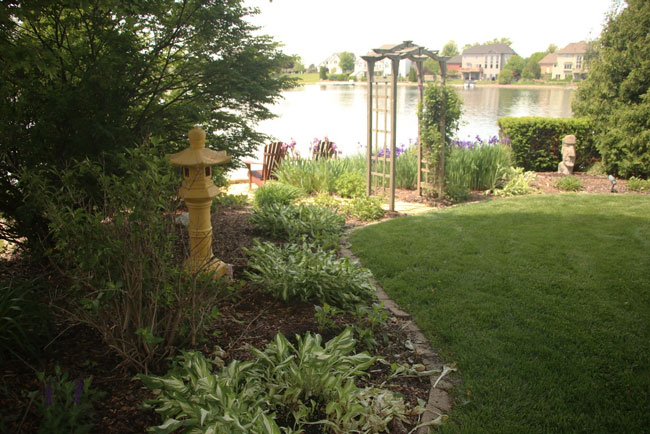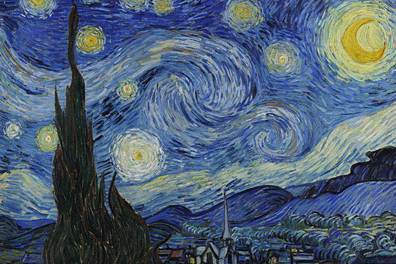Doesn’t Like an Overcrowded Mess
Of all the classes I have taken in college, graduate school, and post-graduate studies, The Arts Have helped me understand my mindset. In the last quarter century, I have taught a dozen different humanities classes, but my favorite was The Arts. I took the class in my junior year at Muskingum College. It was a ten-hour class that could be taken in either one’s junior or senior year. I learned about all Western art, including painting, sculpture, architecture, and music.
Louie Palmer, my professor, called me into his office at the end of the second semester and offered me the position of his teaching assistant during my senior year. I taught several subsections each week and wrote and graded the midterms and finals in both semesters. If I could teach art history again, I would jump at the opportunity.
I’m going to ask Ti Ti, my granddaughter in Bangkok, Thailand, to put a good word in for me at Gusto University. I’d love to teach a course in Western art history for Gusto online. This scene from I Am Legend will hopefully impress the dean.
What did my artistic eye see? I saw one of Monet's dozen paintings of a Bridge over a Pond of Water Lilies as Robert Neville came downstairs in I Am Legend. Then, I saw van Gogh’s Starry Night as he entered the living room.
However, this essay isn’t about one of the dozen Monet’s Bridge over a Pond of Water Lilies, Vincent van Gogh’s Starry Night, Jackson Pollock’s 1943, or one of the 28 sculptures done by Auguste Rodin’s The Thinker.
This article explores my artistic eye with the flower beds of my yard. I saw things that needed to be addressed. I trimmed all the shrubs and bushes. That was no small task. Between trimming and cleaning the debris, the task took four or five hours. Now that the flowering scrubs have all bloomed, there are several more hours of trimming to do.
Years ago, I knew that I was making a mistake by planting hostas along the border of my backyard flowerbed. Hostas are lovely until late summer. Hostas need more shade rather than the hot sun blazing down on them. Therefore, I dug up every other large Hosta group last year. I gave them to my neighbors and planted black-eyed Susans in their place.

This year, I took a grass trimmer and cut a large circle in the middle of the remaining hosts. Then, I put the blue sage seeds in the area where the hostas had been cut back.
When the seedlings began to emerge, I cut back to the outside ring of the hostas and removed the Hosta leaves.
Then, I planted several blue sage plants that were six or eight inches high amid the seeded blue sage.
The maturity of the seeded blue sage will not start blooming until the end of summer. In the meantime, the plants that were mixed in with them will start blooming in another month or so. Next spring, both groups of blue sage will be fully ready to bloom in the early spring and continue into the fall. Blue and yellow are my two favorite colors. After creating a mess, I needed to clean up the debris.
Then, this part of my flowerbed complained to me also about overcrowding.



The one thing that my artistic eye dislikes is an overcrowded mess. However, I’ll wait a while before addressing that task.










